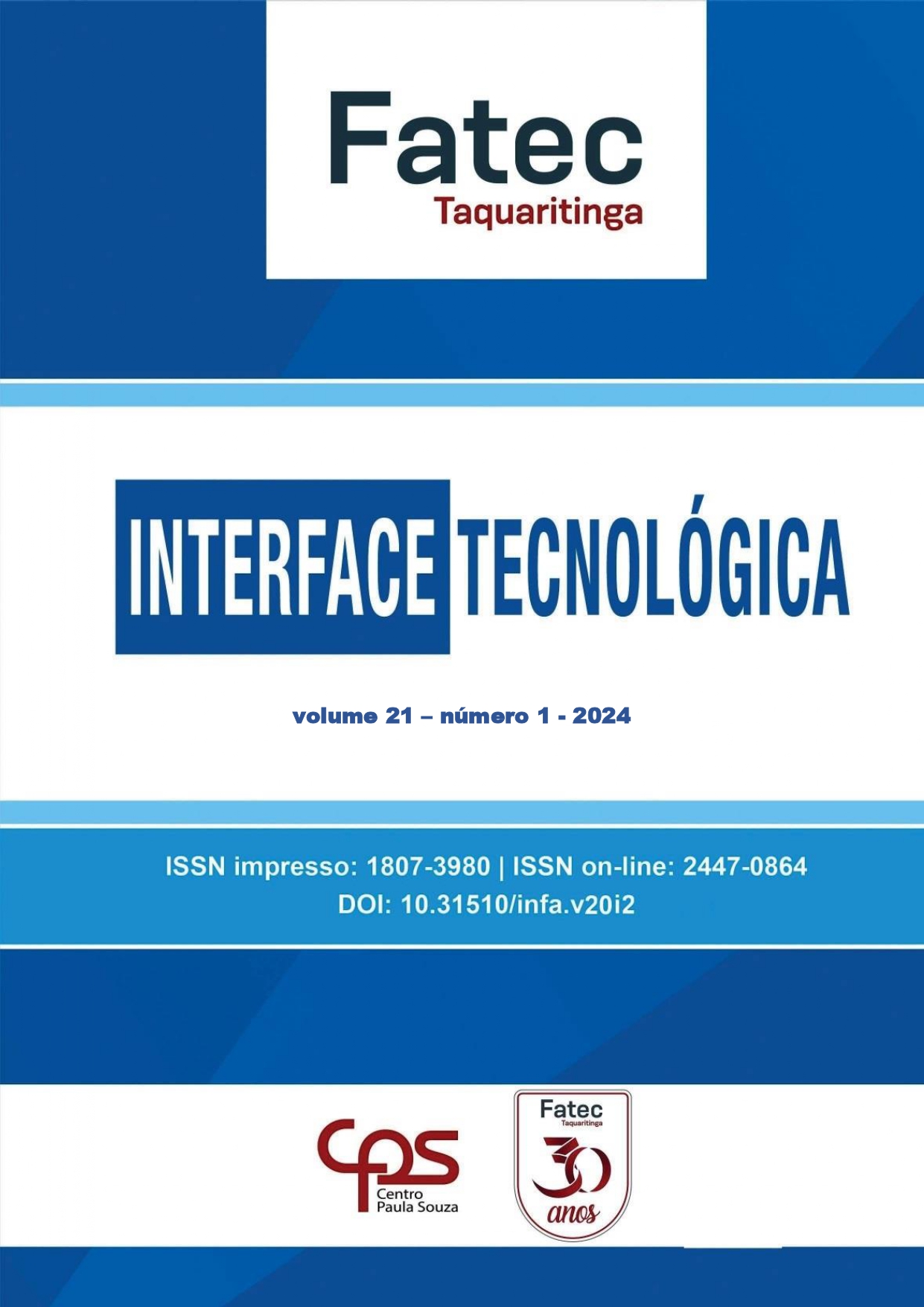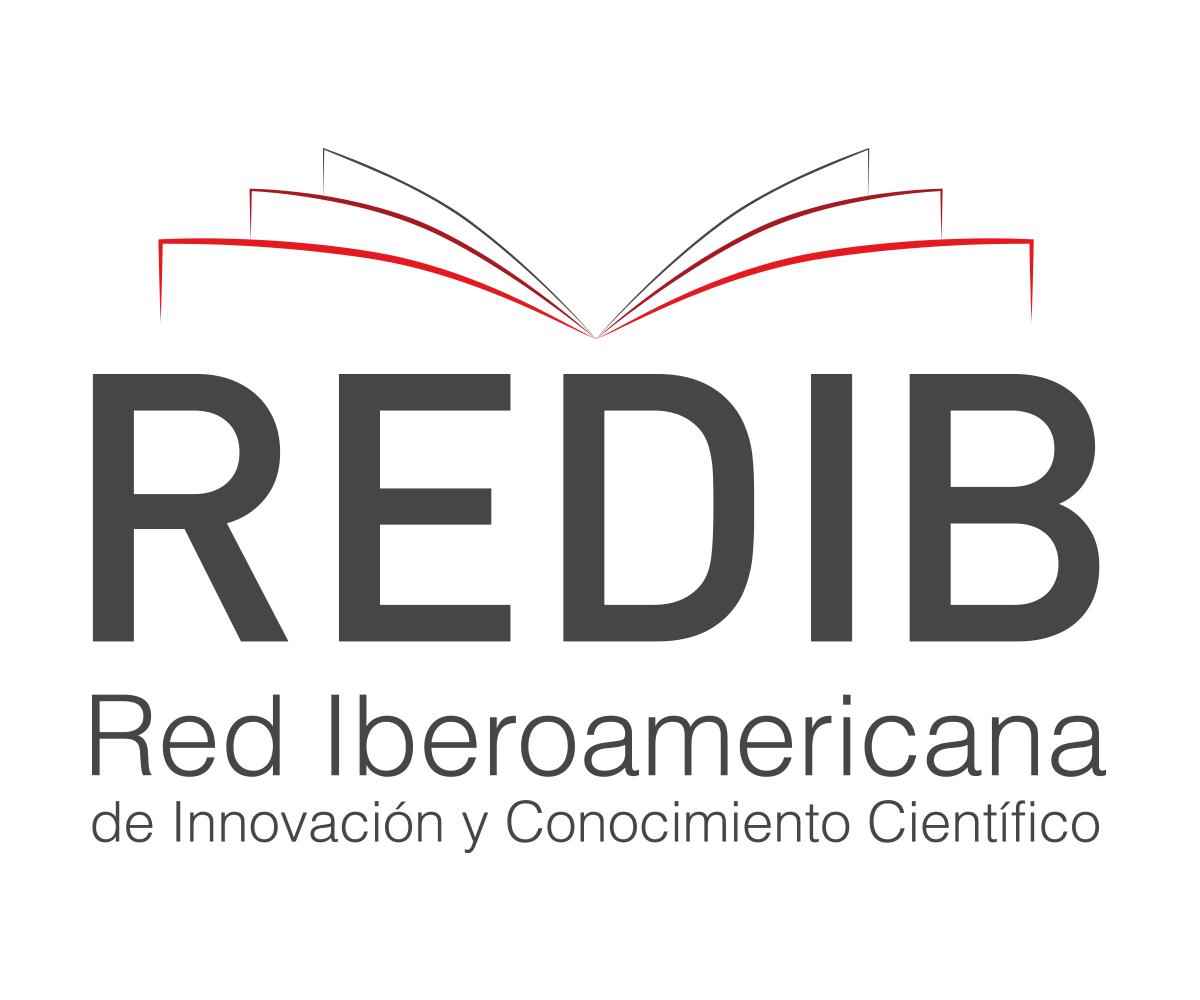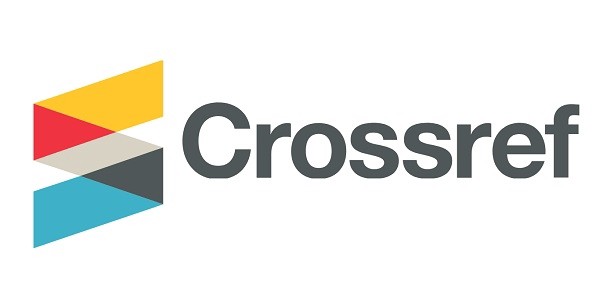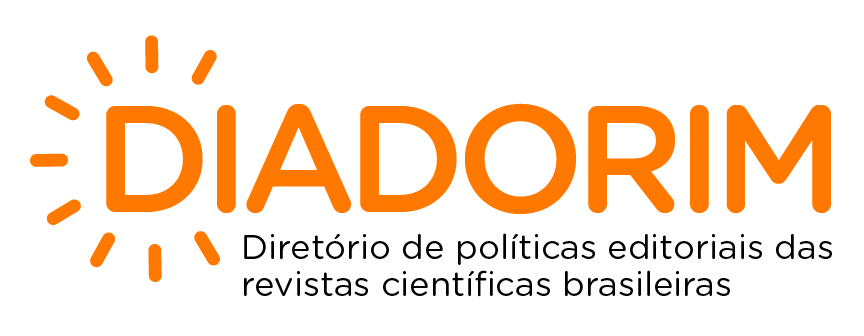REFLECTIONS ON ADVANCESAND TRENDS IN THE APPLICATION OF PROJECTS FOR THE TREATMENT OF INDUSTRIAL EFFLUENTS
DOI:
https://doi.org/10.31510/infa.v21i1.1867Keywords:
Effluents, Industrial, Technologies, SustainabilityAbstract
The food industry plays a fundamental role in the global economy. However, its production generates a significant amount of effluents that can cause environmental damage if not treated properly. This article addresses the imperative need for sustainable practices and innovative technologies to manage industrial effluents from the food sector. The literature review covers the main water quality parameters, conventional and emerging effluent treatment technologies, as well as strategies to improve the efficiency and sustainability of treatment processes. The objective is to highlight the trends and challenges faced by the sector, proposing more effective and sustainable solutions for effluent treatment. This review is expected to highlight the effectiveness of certain industrial effluent treatment technologies, reinforcing the need for more sustainable and efficient practices to face current environmental challenges.
Downloads
References
AKHTAR, N.; SYAKIR ISHAK, M. I.; BHAWANI, S. A.; UMAR, K. Various natural and anthropogenic factors responsible for water quality degradation: A review. Water, v. 13, n. 19, p. 2660, 2021. DOI: https://doi.org/10.3390/w13192660
ARAÚJO, G. C.; BUENO, M. P.; SOUSA, A. A.; MENDONÇA, P. S. M. Sustentabilidade empresarial: Conceitos e Indicadores. In: CONGRESSO ONLINE, 3, 2006, Anais... III CONVIBRA, 2006, p. 1-20.
ASGHARNEJAD, H. et al. Comprehensive review of water management and wastewater treatment in food processing industries in the framework of water-food-environment nexus. Compr. Rev. Food Sci. Food Saf., v. 20, n. 5, p. 4779-4815, 2021. DOI: https://doi.org/10.1111/1541-4337.12782
BALASSIANO, Rafael Salim. Efeitos das práticas de ESG no custo de capital das empresas brasileiras. REUNIR: Revista de Administração, Ciências Contábeis e Sustentabilidade da Universidade Presbiteriana Mackenzie. Vol. 18. Junho de 2023. Disponível em: https://reunir.revistas.ufcg.edu.br/index.php/uacc/article/view/1538/724. Acesso em 11.06.2024.
BARBERA, M.; GURNARI, G. Wastewater treatment and reuse in the food industry. Cham: Springer International Publishing, 2018. DOI: https://doi.org/10.1007/978-3-319-68442-0
BASAK, B. et al. Biodegradation of high concentration phenol using sugarcane bagasse immobilized Candida tropicalis PHB5 in a packed-bed column reactor. Ecotoxicol. Environ. Saf., v. 180, p. 317-325, 2019. DOI: https://doi.org/10.1016/j.ecoenv.2019.05.020
BOINPALLY, S. et al. A state-of-the-art review of the electrocoagulation technology for wastewater treatment. Water Cycle, v. 4, p. 26-36, 2023. DOI: https://doi.org/10.1016/j.watcyc.2023.01.001
CETESB, São Paulo. Qualidade das águas interiores no estado de São Paulo 2021. São Paulo: CETESB, 2022.
COMPTON, M. et al. Food processing industry energy and water consumption in the Pacific northwest. Innovative food science & emerging technologies, v. 47, p. 371-383, 2018. DOI: https://doi.org/10.1016/j.ifset.2018.04.001
CECILIA, D. et al. Agro-food industry wastewater treatment with microbial fuel cells: energetic recovery issues. Int. J. Hydrogen Energy, v. 43, n. 1, p. 500-511, 2018. DOI: https://doi.org/10.1016/j.ijhydene.2017.07.231
DOS SANTOS PEREIRA, M. et al. Treatment of synthetic milk industry wastewater using batch dissolved air flotation. J. Clean. Prod., v. 189, p. 729-737, 2018. DOI: https://doi.org/10.1016/j.jclepro.2018.04.065
FAO, 2021. The state of food and Agriculture 2020. Available at: http://www.fao.org/state-of-food-agriculture/en. Accessed in 2021.
JOUDAH, A. A.; RACOVITEANU, G. The treatment of effluent from food industry using anaerobic-aerobic process with MBR system. Int. J. Enginee. Appli. Scie, v. 6, n. 2, 2019. DOI: https://doi.org/10.31873/IJEAS.6.2.01
KUMAR, M. et al. Algae as potential feedstock for the production of biofuels and value-added products: opportunities and challenges. Sci. Total Environ., v. 716, p. 137116, 2020. DOI: https://doi.org/10.1016/j.scitotenv.2020.137116
LI , K. et al. A novel electro catalytic membrane contactor for improving the efficiency of ozone on wastewater treatment. Appl. Catal., v. 249, p. 316-321, 2019. DOI: https://doi.org/10.1016/j.apcatb.2019.03.015
MOUSSA, D. T. et al. A comprehensive review of electrocoagulation for water treatment: Potentials and challenges. Journal of environmental management, v. 186, p. 24-41, 2017. DOI: https://doi.org/10.1016/j.jenvman.2016.10.032
NIDHEESH, P. V. et al. Emerging technologies for mixed industrial wastewater treatment in developing countries: An overview. Environmental Quality Management, v. 31, n. 3, p. 121-141, 2022. DOI: https://doi.org/10.1002/tqem.21762
PAVÓN-SILVA, T. et al. Physicochemical and biological combined treatment applied to a food industry wastewater for reuse. Journal of Environmental Science and Health, Part A, v. 44, n. 1, p. 108-115, 2009. DOI: https://doi.org/10.1080/10934520802515467
SHAHEDI, A. et al. A review on industrial wastewater treatment via electrocoagulation processes. Current opinion in electrochemistry, v. 22, p. 154-169, 2020. DOI: https://doi.org/10.1016/j.coelec.2020.05.009
SHRIVASTAVA, V. et al. Wastewater in the food industry: Treatment technologies and reuse potential. Chemosphere, v. 293, p. 133553, 2022. DOI: https://doi.org/10.1016/j.chemosphere.2022.133553
SINGH, B. J.; CHAKRABORTY, A.; SEHGAL, R. A systematic review of industrial wastewater management: Evaluating challenges and enablers. Journal of Environmental Management, v. 348, p. 119230, 2023. DOI: https://doi.org/10.1016/j.jenvman.2023.119230
SODHI, H. S.; SINGH, D.; SINGH, B. J. A conceptual examination of Lean, Six Sigma and Lean Six Sigma models for managing waste in manufacturing SMEs. World Journal of Science, Technology and Sustainable Development, v. 17, n. 1, p. 20-32, 2020. DOI: https://doi.org/10.1108/WJSTSD-10-2019-0073
SLORACH, P. C. et al. Sustentabilidade ambiental da digestão anaeróbica de resíduos alimentares domésticos. Revista de gestão ambiental , v. 236, p. 798-814, 2019.
TIWARI, O.; SAHU, S. Treatment of food-agro (sugar) industry wastewater with copper metal and salt: chemical oxidation and electro-oxidation combined study in batch mode. Water Resour. Ind., v. 17, p. 19-25, 2017. DOI: https://doi.org/10.1016/j.wri.2016.12.001
VERSTRAETE, W. et al. Engineering microbial technologies for environmental sustainability: choices to make. Microb. Biotechnol., v. 15, n. 1, p. 215-227, 2022. DOI: https://doi.org/10.1111/1751-7915.13986
XU, A. et al. Towards the new era of wastewater treatment of China: development history, current status, and future directions. Water Cycle, v. 1, p. 80-87, 2020. DOI: https://doi.org/10.1016/j.watcyc.2020.06.004
Y. TONG et al. Influence of social and environmental drivers on nutrient concentrations and ratios in lakes: a comparison between China and Europe. Water Res., v. 227, p. 119347, 2022. DOI: https://doi.org/10.1016/j.watres.2022.119347
Y. ZOU et al. Fe-Mn binary oxides activated aluminosilicate mineral and its Tl (I) removal by oxidation, precipitation and adsorption in aqueous. J. Solid State Chem., v. 303, p. 122383, 2021. DOI: https://doi.org/10.1016/j.jssc.2021.122383
Downloads
Published
Issue
Section
License
Copyright (c) 2025 Revista Interface Tecnológica

This work is licensed under a Creative Commons Attribution 4.0 International License.
Os direitos autorais dos artigos publicados pertencem à revista Interface Tecnológica e seguem o padrão Creative Commons (CC BY 4.0), que permite o remixe, adaptação e criação de obras derivadas do original, mesmo para fins comerciais. As novas obras devem conter menção ao(s) autor(es) nos créditos.








.jpg)




1.png)
1.png)
